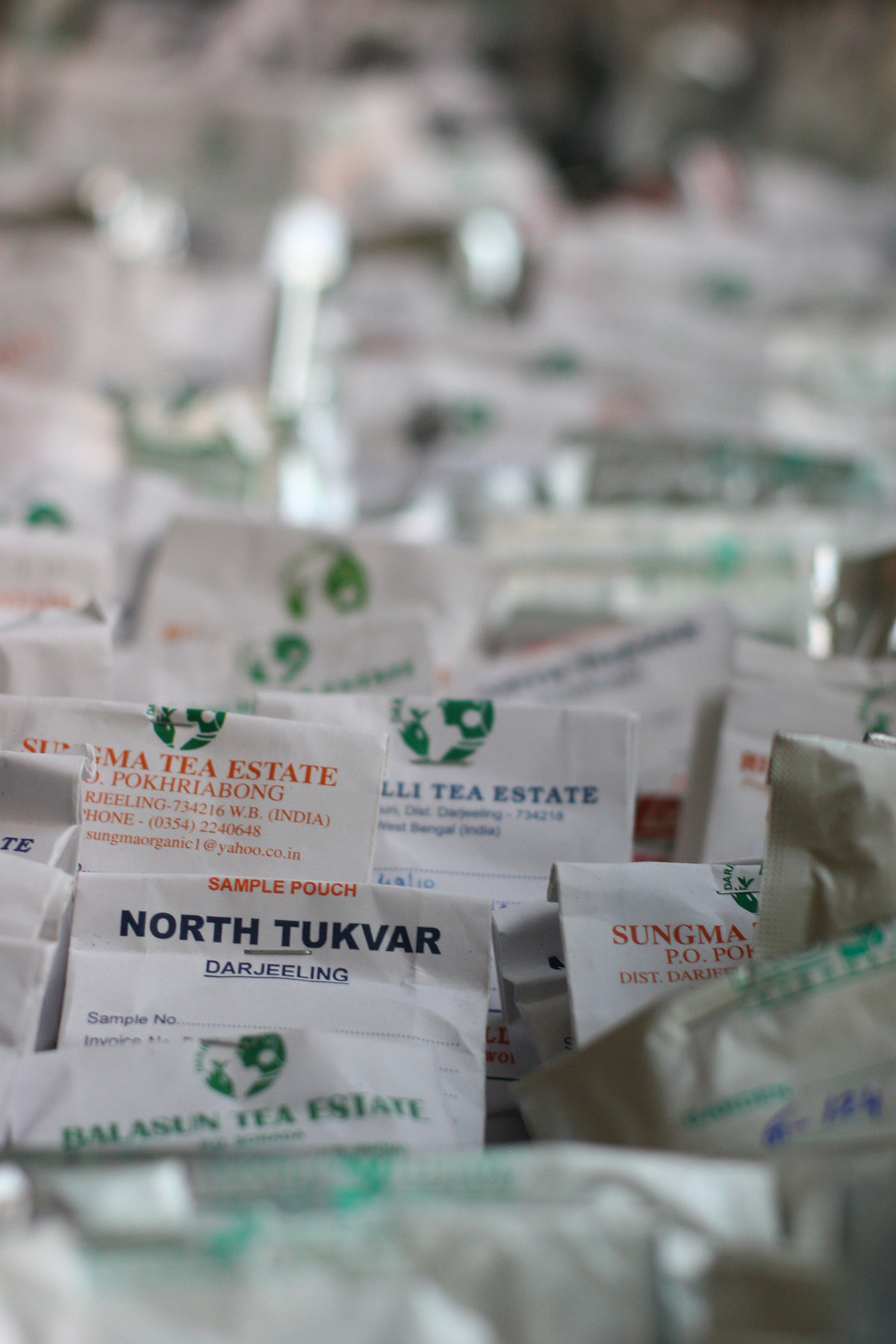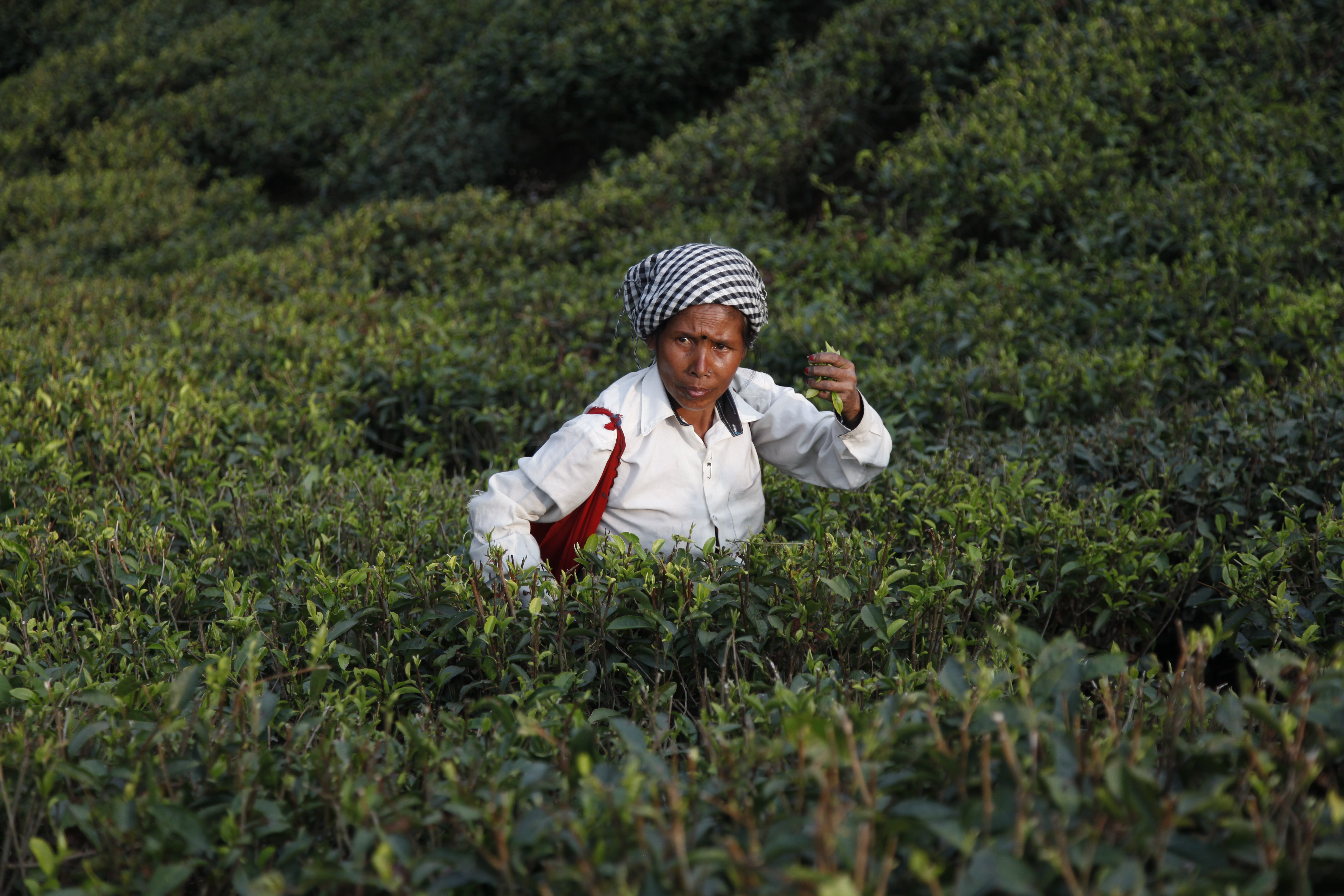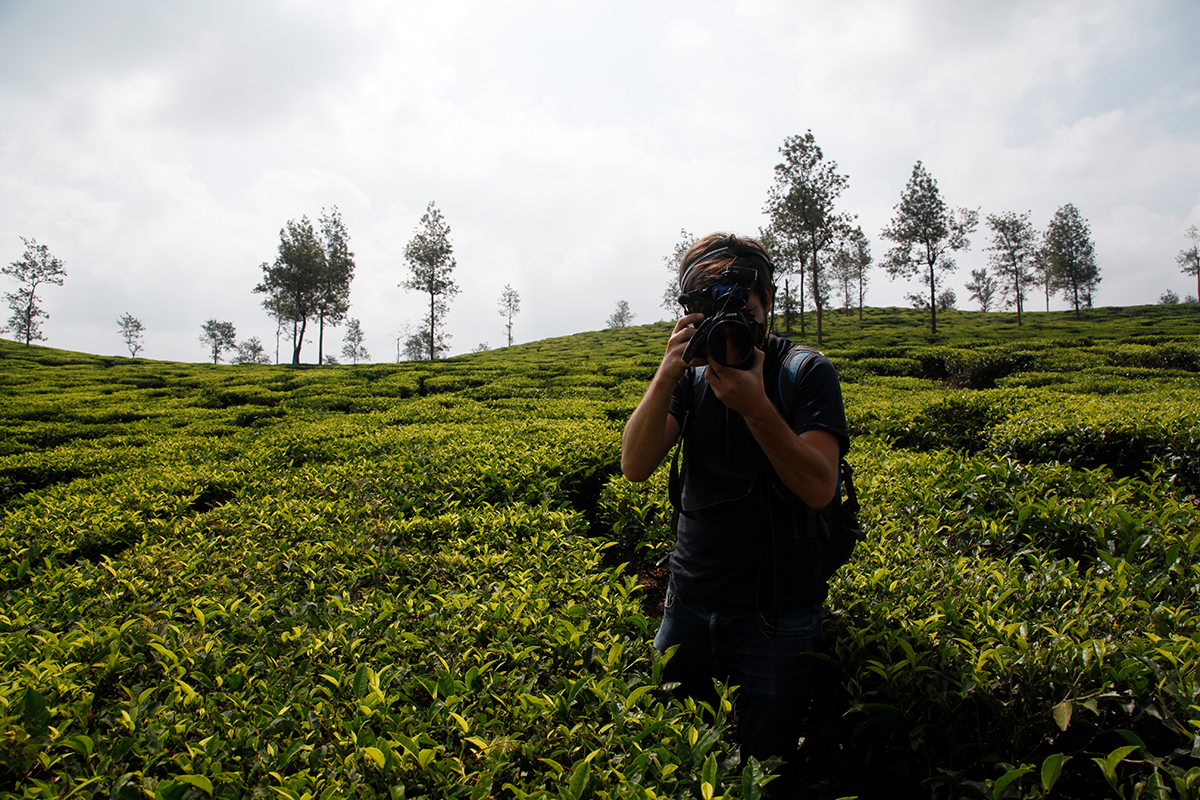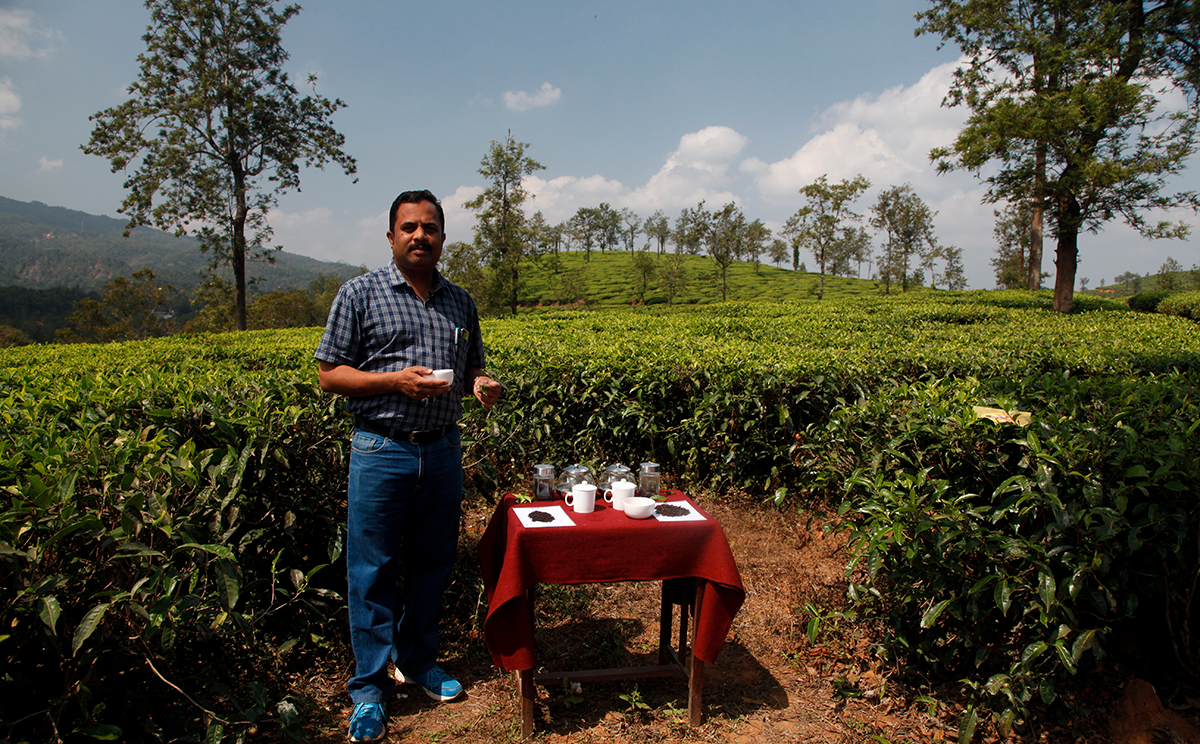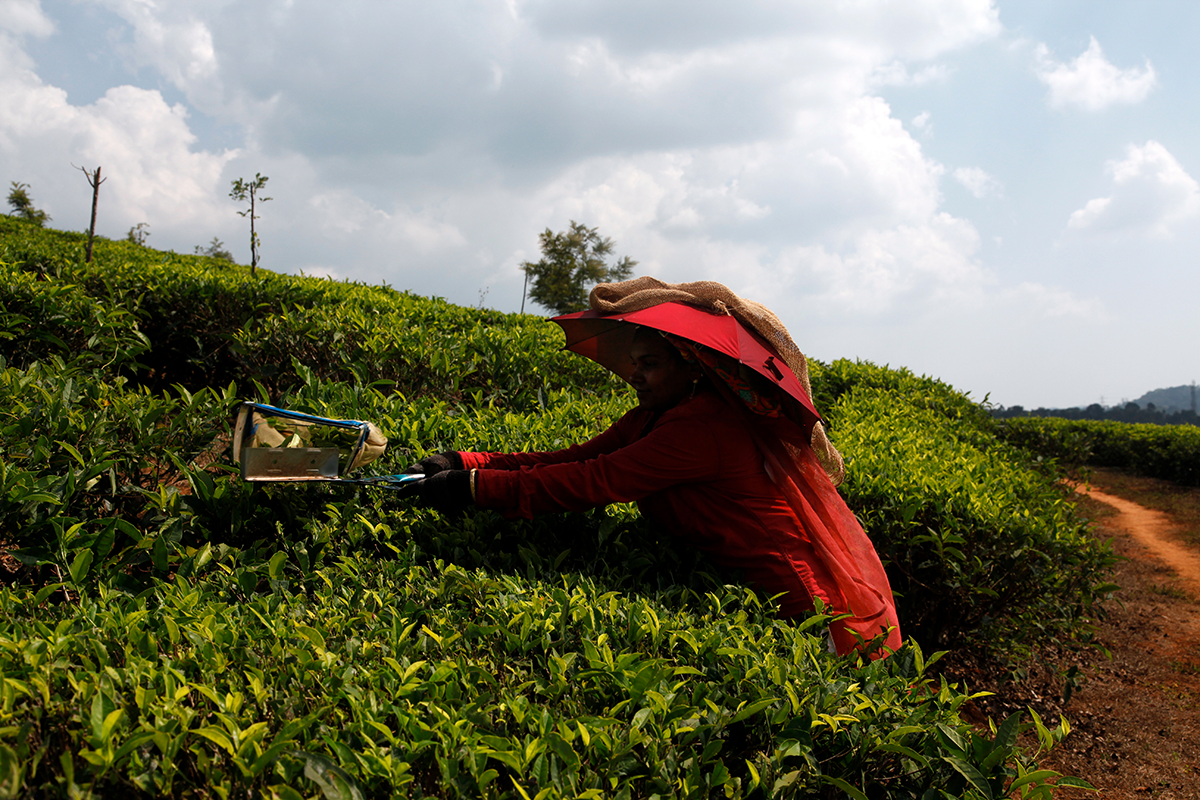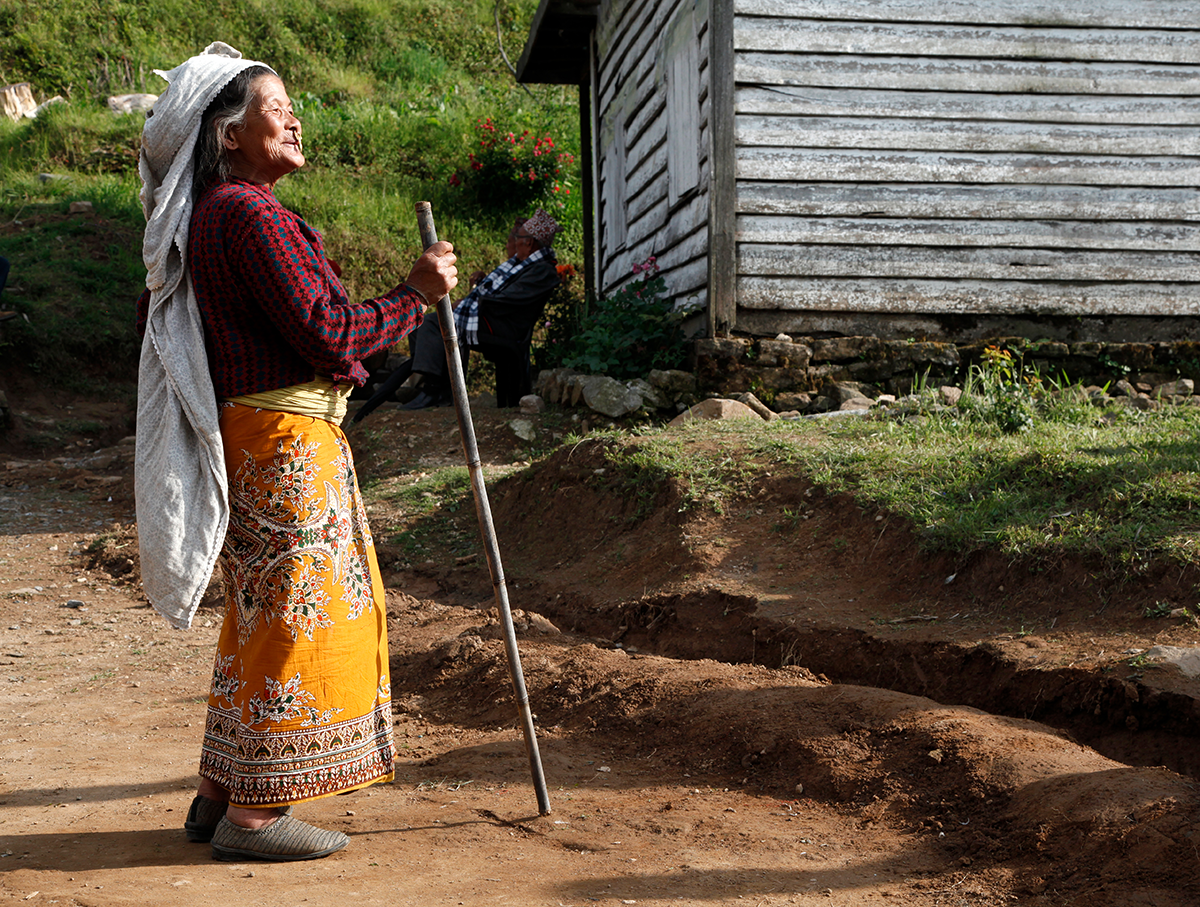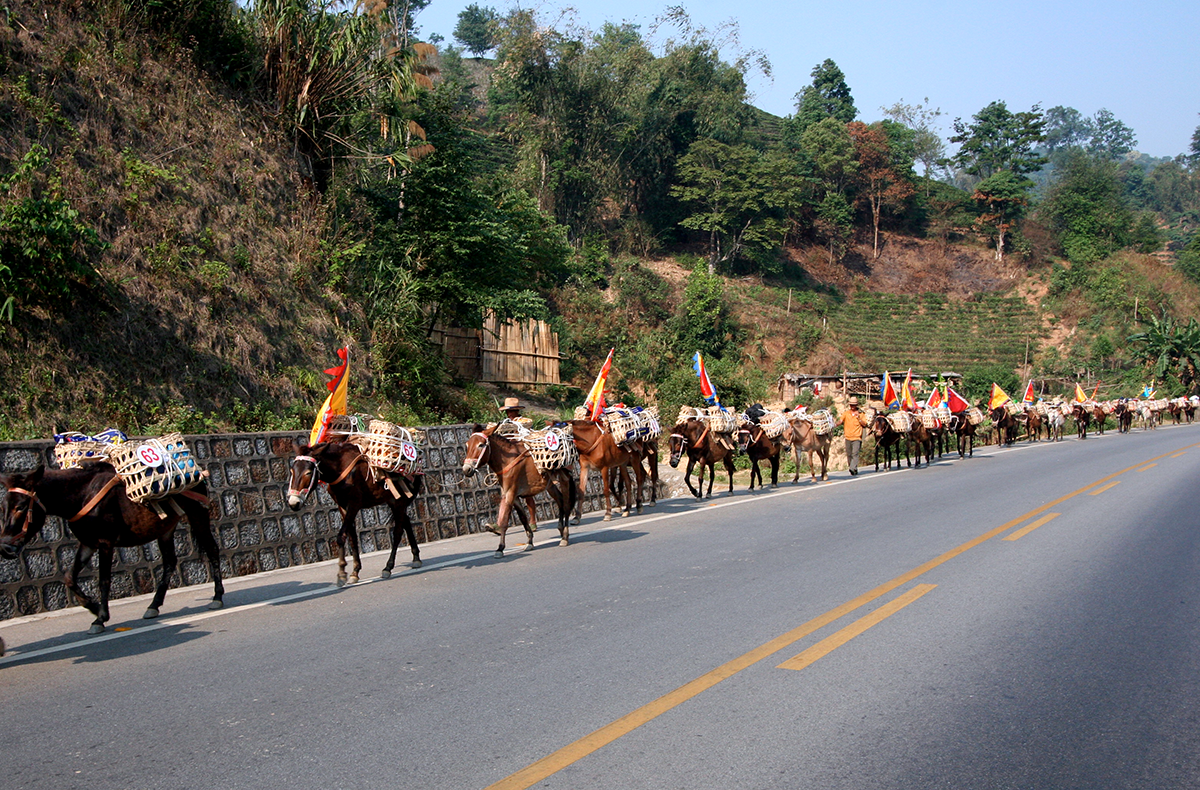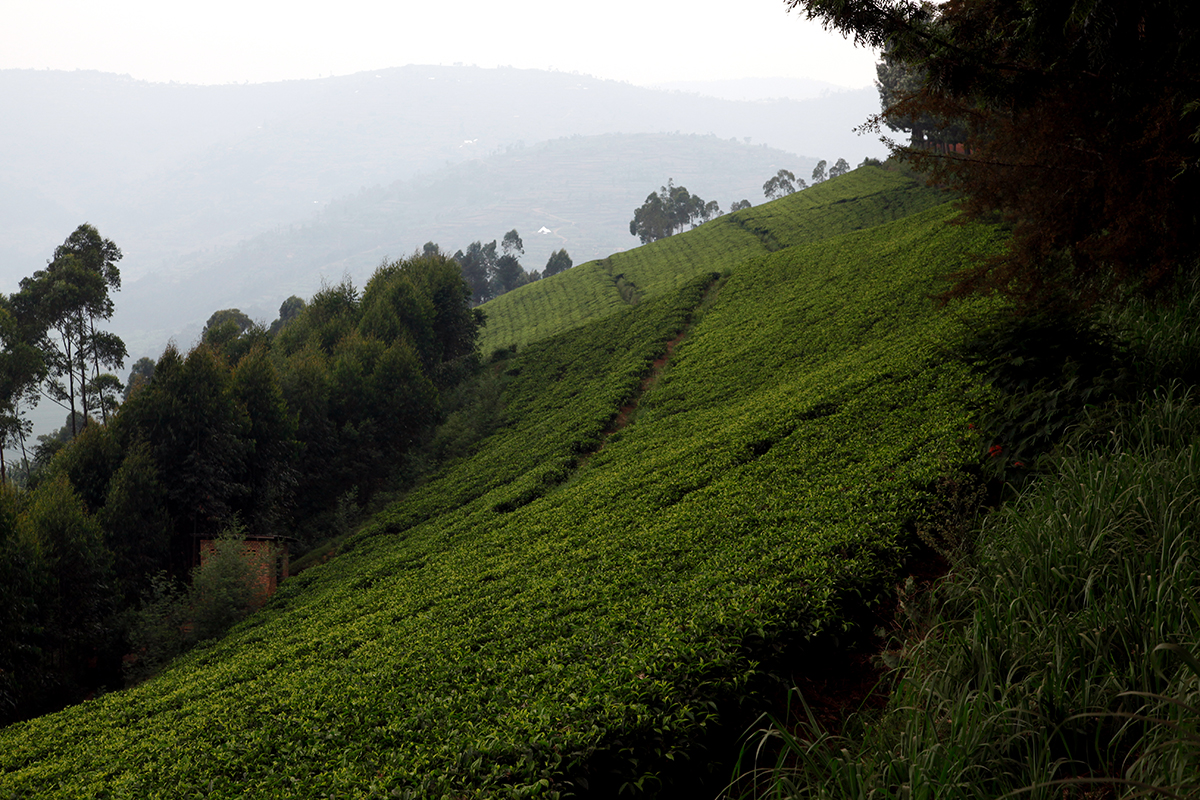I’m often asked what the letters and words mean following the name of a tea. Let’s take the example of a first-flush Darjeeling, Singbulli DJ-12-SFTGFOP1-Clonal-Superb.
- Singbulli is the name of the plantation
- DJ12/19 means it’s the 12th harvest of the year 2019 (when you see EX12/19 instead of DJ12/19, EX stands for “extra”, meaning an additional batch, processed in addition to the main batch of the day)
- The letters SFTGFOP1 refer to the appearance of the dry leaf. The grade FTGFOP stands for “Finest Tippy Golden Flowery Orange Pekoe”. This means it’s a whole-leaf tea with plenty of tips, or buds. Over the years, the story has grown and the description has expanded. S means “Super”, and 1 means… Who knows? It’s a mystery!
Today, only Indian producers use the grade SFTGFOP1.
Next week I’ll tell you about the descriptions Clonal, Superb, Exotic and Delight!

